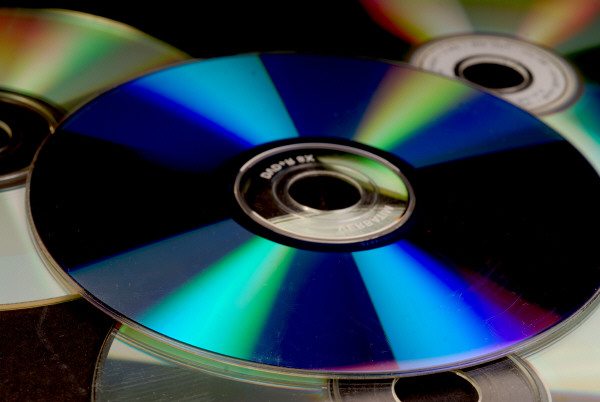Scientists explain: How do CDs work?
Whether you like ABBA or Ed Sheeran, you probably have a few CDs tucked away in your house. CDs revolutionised the way data was stored back in 1982, and have been joined in later years by the DVD and Blu-Ray disc, which operate in a similar way. But how exactly do they work?
When an artist records their music, the music is ‘sampled’ – converted into a binary format of zeroes and ones – which is done by electronically measuring the sound produced extremely quickly, allowing it to be stored numerically and thus as a string of binary information.
This data is then ‘burned’ onto a CD with the use of a laser, which emits light with a tiny wavelength (around 780 nanometres, or 128 times smaller than the width of one of your hairs). The laser burns small dents into the CD at intervals, which are called pits. These are coupled with the lack of dents, which are called lands, to store information. A change from a land to a pit (and vice versa) represents a one, and no change represents a zero. This results in a miniature pattern spiralling across the CD, with up to five billion dents being present.
A CD is formed from a sandwich of three layers – a polycarbonate plastic layer with an aluminium disc placed above it, topped by a lacquer for protection. The information itself is burned onto the plastic layer. When the CD is read, a red laser is shone onto the underside of the CD, which is reflected off the shiny aluminium layer. Only the light incident upon a land is reflected, which is detected by a component called a photodiode in the reader. The photodiode sends out an electronic signal across a circuit, and registers the pits and lands, which can now be registered in binary code. This is converted by another circuit into an analogue signal – a pattern of differing electric currents that can be read out by a speaker, allowing you to listen to anything you’d like to hear.
Unfortunately, our dear friend the CD has since been superseded in turn by big brothers DVD and Blu-Ray, which have a much greater storage capacity – a result of there being many more pits and lands present. For music lovers, there are always new streaming services that offer fast, high quality music downloads, keeping our secret Lionel Richie collections alive.

Comments